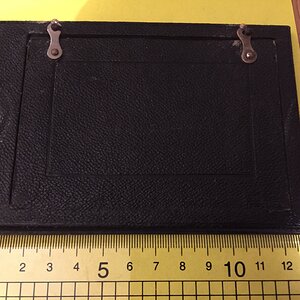DebSturm
TPF Noob!
- Joined
- Jan 8, 2013
- Messages
- 26
- Reaction score
- 3
- Location
- Indiana
- Can others edit my Photos
- Photos NOT OK to edit
Hello everyone, I have been struggling to understand the concept of the settings on my monolight (strobe). Could someone with strobe light and studio experience please explain the strobe settings that vary in percentages vs. the modeling lamp with adjustable F-stops. When and why would I use less than 100% of the strobe? What's the best setup to capture a true black background and keep it black? Should the settings on my lights be the same as the settings on my camera? Are there really any answers, or am I just going to learn from trial and error? I shoot with NikonD3100 and NikonD5100, my strobes are Impact VC-500LR 500w MONOLIGHT 2-LT KIT and I have backup lights and reflectors. ANY help or advice is greatly appreciated, I'm a student. Thanks!:blushing:


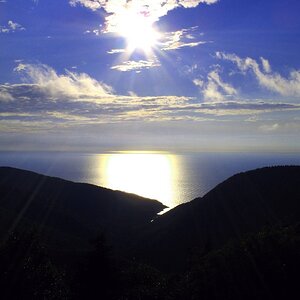
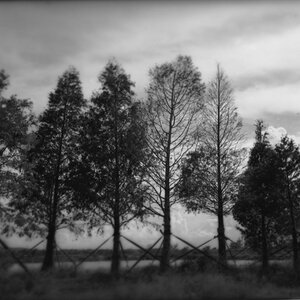
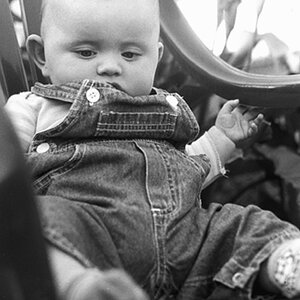

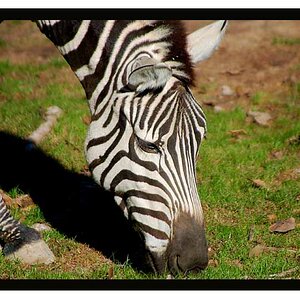
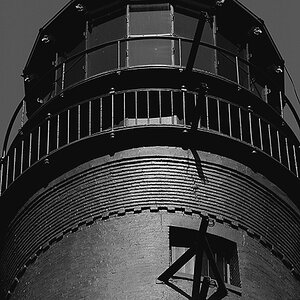
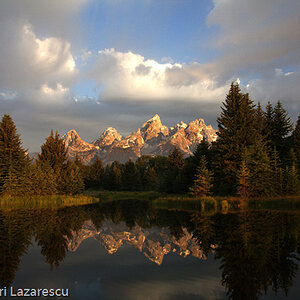
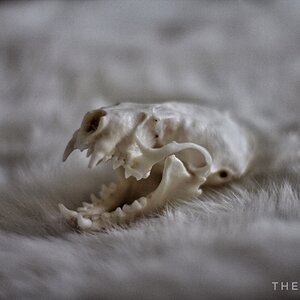
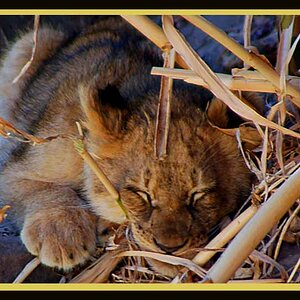
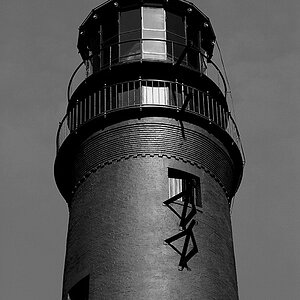
![[No title]](/data/xfmg/thumbnail/38/38263-ad5e4c9e677626ddb5b1e7cdf9ebe40e.jpg?1619738548)
